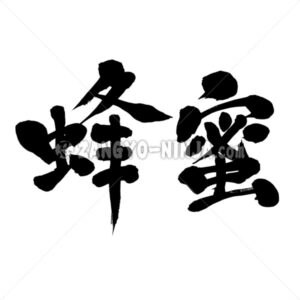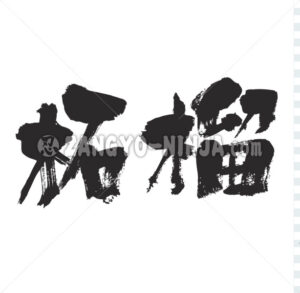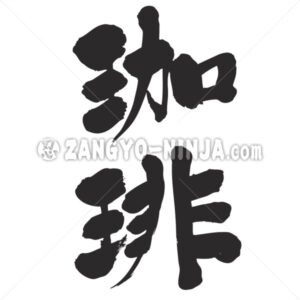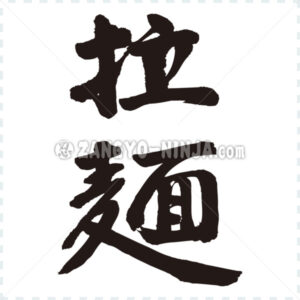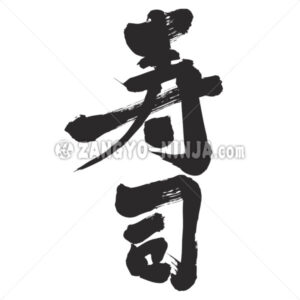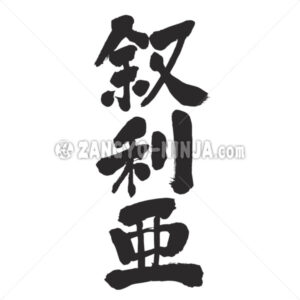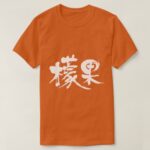Description for “Mango in Kanji”
An evergreen tree of the family Rhus. The leaves are long lanceolate and leathery. It grows yellow-white florets and bears oval fruits with one large seed inside. The flesh is yellow or orange-yellow, juicy and sweet, and edible. It is native to India and Southeast Asia and has been cultivated as a fruit tree for a long time.
Ripe mango has a lot of juice and a smooth texture. You can enjoy the unique aroma and rich sweetness. Not only raw food, but also processed products such as mango-based puddings, cakes, and ice cream are popular.
Mango nutrition and efficacy
Mango is characterized by a large amount of β-carotene, which is converted to vitamin A (retinol) in the body. Beta-carotene has an antioxidant effect that suppresses cell aging, so it can be expected to be effective in maintaining skin health and preventing cancer.
In addition, there are a lot of “folic acid”, which is said to be good for preventing anemia, and dietary fiber, which regulates the function of the intestines.
Potassium, which promotes the excretion of sodium, is also relatively high, and it also helps prevent hypertension, arteriosclerosis, cerebral infarction and myocardial infarction.
Be careful of rashes.
Mango is a plant of the family Rhus family, so due to the influence of urushiol contained in the peel, depending on the person, the area around the mouth, face, hands, etc. may become itchy or red and swollen even after 1 to 2 days or more after eating. there is. People who are prone to skin irritation and hives due to plants should be careful.



